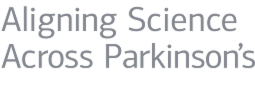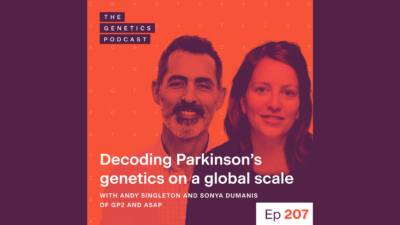100,000 Participants and Counting – Massive Global Genetic Dataset Powers Discoveries in Parkinson’s Disease
Researchers have reached a major milestone in the effort to understand and treat Parkinson’s disease: more than 100,000 DNA samples from study participants around the world have now been genotyped and sequenced through the Global Parkinson’s Genetics Program (GP2).
Read More











